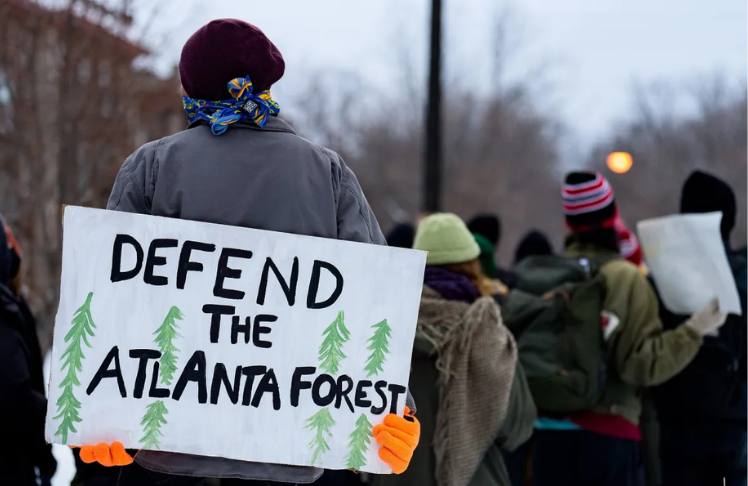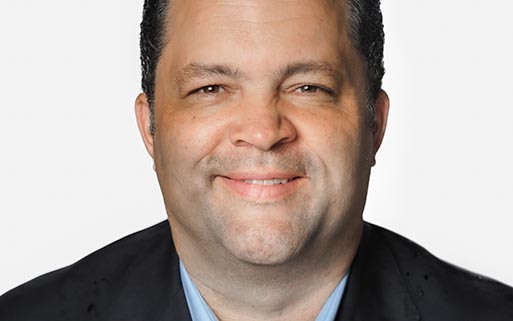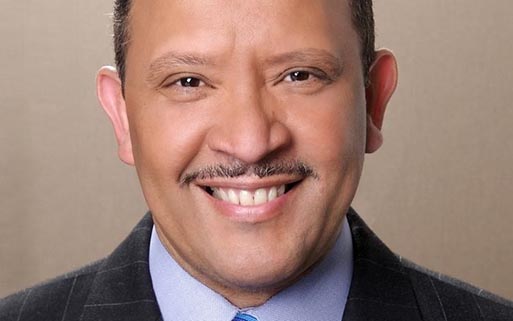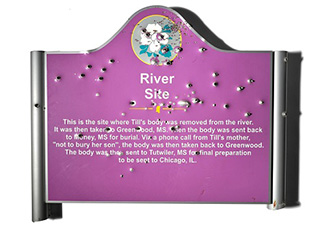
“Cop City.” That’s the nickname for the Atlanta Public Safety Training Center, a controversial $90 million law enforcement training facility planned by the Atlanta Police Foundation and the City of Atlanta.
Protests against the mock city training space began in 2021 — part of the pushback against giving police officers more resources to kill Black folks.
But what may come as a surprise to some is the involvement of environmental activists in the fight against Cop City. Building the training ground requires the razing of 300 acres of forest.
Environmental justice activists want the area to be turned into an urban park. And, there’s a conservation factor, too. As the Defend the Atlanta Forest website explains, Atlanta features “the highest percentage of tree canopy of any major metropolitan area in America,” which helps protect the area from climate change and provides a home for animals and birds.
The protests gained even more momentum after the Jan. 18 killing of Manuel Esteban Paez Terán, an environmental activist who was shot 13 times by Georgia State Patrol Officers.
Terán’s death was a result of a raid at Weelaunee People’s Park, a local park that police want to use for the Cop City project.
Now the fight against Cop City has reached Atlanta-area HBCUs like Morehouse.
Dr. Stephane Dunn, the college’s Cinema, Television, and Emerging Media Studies department chair, has helped lead the college’s protests against Cop City. So we asked her to tell us what Cop City is and why Black folks across the nation should care.
Word In Black: What is Cop City?
Dr. Stephane Dunn: Cop City is the name for the training facility that is being built with the support of city governance and some corporate funding. Its official name is the Public Safety Training Center. It’s a $90 million facility. That would basically be the training center for Atlanta’s police and firefighters.
WIB: How did you get involved with the Cop City protests?
SD: We were just coming back to school after the end of the holiday break. The community began to protest. It was an extension of those beginning threads, and then students got involved with some of the protests and meetings that were happening in the faculty simultaneously. One of my colleagues talked about them in class. We were already talking about them at home, and then we’d talk about them in a faculty meeting. For example, my colleague Andrew Douglas, and a couple of others, we decided to formalize and commit to a statement. We made sure it was sent out to the rest of the faculty, who could sign it as well.
WIB: Can you tell me a little bit about the death of Manuel Esteban Paez Terán?
SD: He was committed to nonviolent resistance. He was with a group of folks, basically, forest defenders, who were protesting to prevent the construction of the training facility. There was a raid to move them out of the area. There’s no camera footage that appears to show the shooting. It’s Georgia State Patrol officers, and I think they don’t even have a body cam video.
WIB: Do you think police should have body cameras?
SD: I think we have already seen evidence of police using excessive force —thanks to some body cam imagery. There have been times when that body cam footage was turned off or was not present. That is really complicated. I have questions about how much it can be manipulated. For example, what we just saw with Tyre Nichols, clearly, the officers involved also tried to use their body cam imagery afterward to do damage control.
WIB: Yeah, that is not right.
SD: Police should understand that there are necessary eyes upon them, and they supposedly protect and serve.
WIB: Has Morehouse released any statements about historical or recent police killings?
SD: When Tyre Nichols was killed, there was a statement with the students. The Student Government Association (SGA) president and the president of the college made a statement about Tyre Nichols. There have been previous statements.
WIB: Are there some folks who are against the protests, and if so, why?
SD: I’ve talked to folks who are against the protest right on campus. There are folks who have the perspective that, OK, well, they take the mayor’s point and others’ points about the fact that Atlanta doesn’t have a major training center. Supposedly a city this size — that should be a given, but it has not. There’s also people who think that police will be better trained. The kind of training we’re talking about is not the type of transformative police training that needs to be at the core of it. I’m talking about the kind that is decolonizing. The systemic sort of racism and classism continues to manifest.
Police brutality is not at the center of this particular training. On the one hand, police need to be best trained. The problem is that the most important work that needs to be done with training officers is not at the center of facility planning.
We’re living with police brutality, and a serious environmental crisis. It is impacting all of us now in ways that we cannot avoid or evade. This is a long haul, a good fight. We got to get in that good trouble, and this is good trouble.
This interview has been edited and condensed for length and clarity.
















